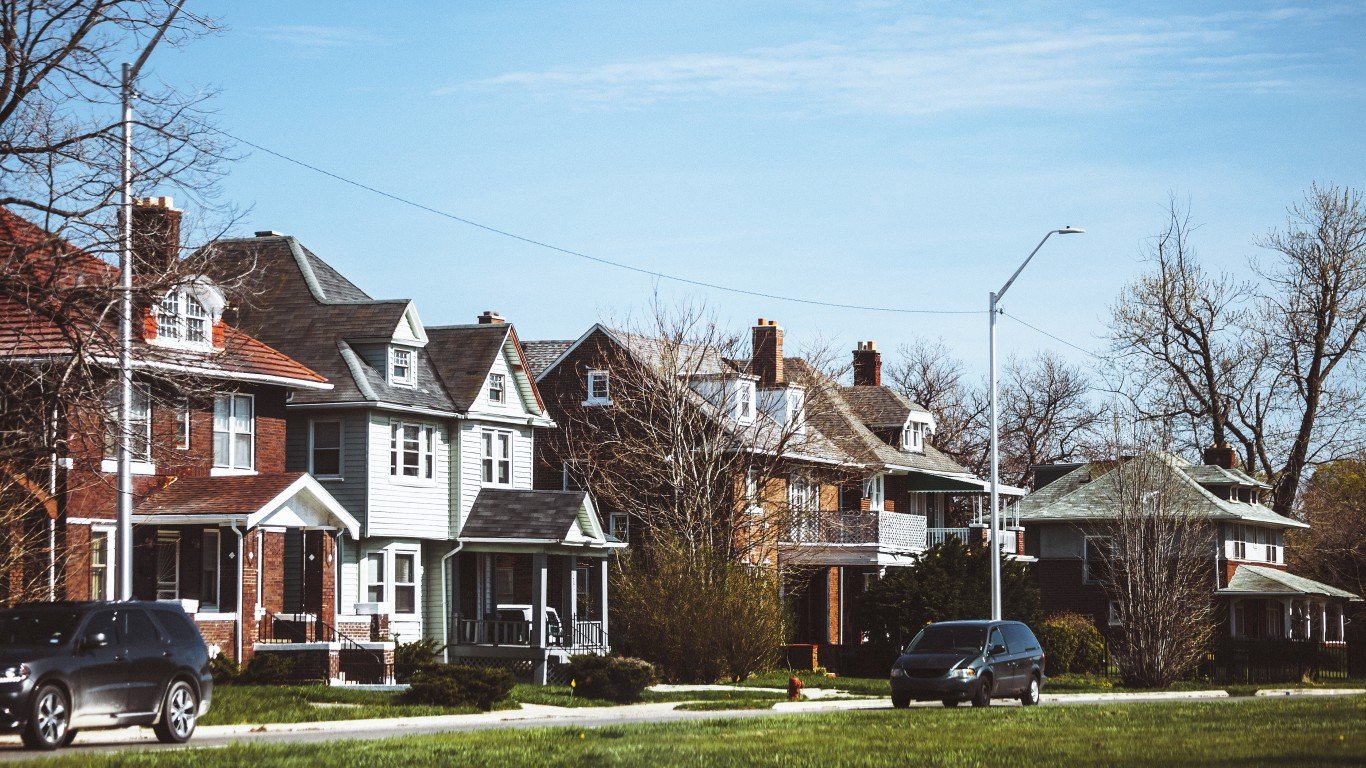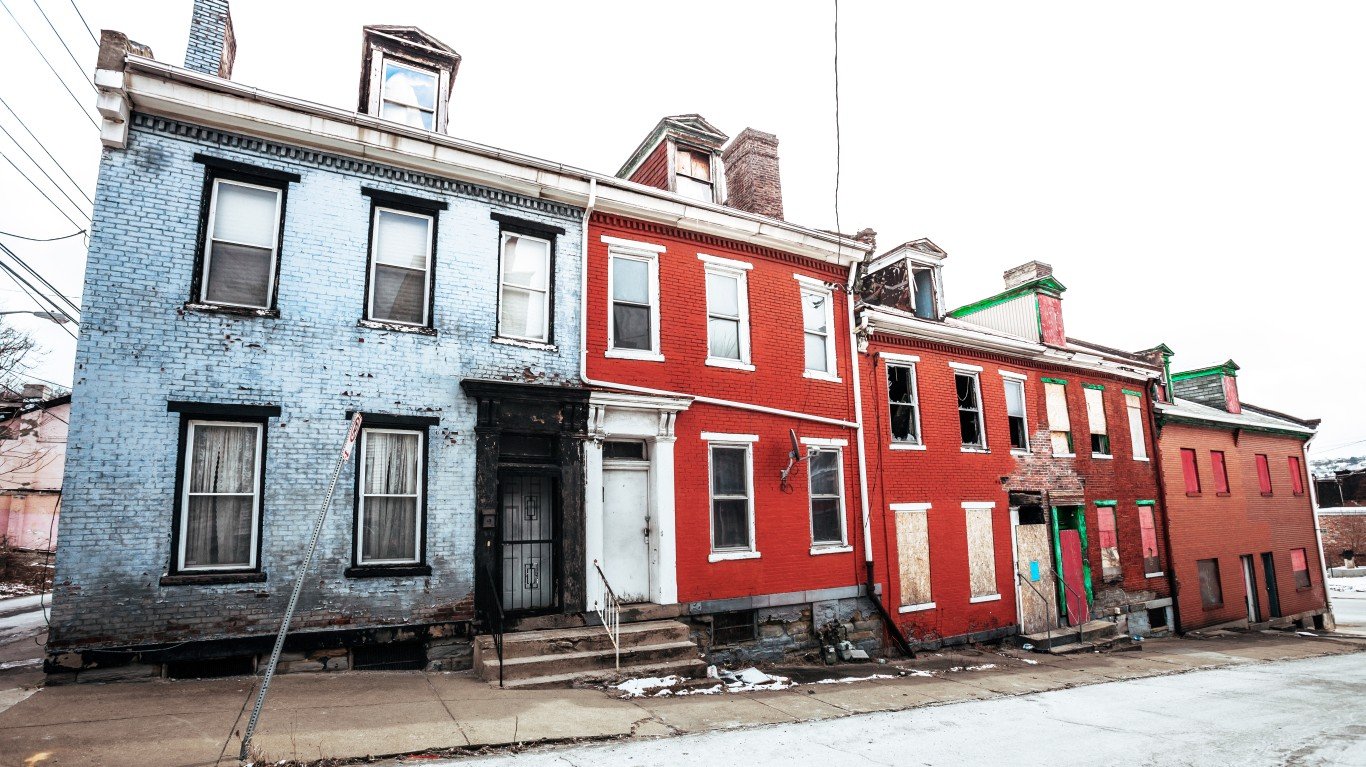

The interest rate for a conventional 30-year fixed-rate mortgage fell to 2.89% last Friday. In 50 years of tracking mortgage interest rates, loan aggregator and securitizer Freddie Mac (FMCC) has never recorded a lower rate.
In January, a conventional loan cost 3.47%, according to Mortgage News Daily, and that was down from 3.72% in November and a recent high of 4.88% in October 2018. The impact on refinancing has been quick and robust.
The Mortgage Bankers Association (MBA) reported that mortgage applications rose by 5.1% week over week for the week ending July 10. The MBA’s refinance index rose by 12% week over week and was up by 107% year over year. The group’s seasonally adjusted purchase index was down 6% week over week, although it was 5% higher for the week and 16% higher for the year on an unadjusted basis. Refinancing accounted for 64.5% of all applications in the week.
The low-rates reflect the low yields for 10-year U.S. Treasury notes. On Friday, the 10-year Treasury was yielding just 0.62%, down from a yield of 2.06% a year ago. The reason, of course, is a stalled U.S. economy that has virtually ground to a halt due to the COVID-19 outbreak. With investors everywhere looking for a safe place to put their money, demand for Treasuries is up and, even though the supply is also way up, demand continues to outpace supply.
How long the coronavirus pandemic will continue to weigh down the U.S. economy is really anybody’s guess. Some guesses may be better than others, but most acknowledge that this is uncharted territory.
Mortgage lenders also are being a bit more cautious. Unlike the subprime and Alt-A land rush in the mid-2000s, lenders have been raising their requirements and lowering their closing rates.
According to data from mortgage finance cloud-platform provider Ellie Mae, FICO scores on all loans rose month over month by one point to 751 in June, but up by nine points since March.
The percentage of applications that have closed has dropped from 75.9% in May to 73.2% in June. Ellie May calculates the closing rate based on a sample of applications initiated 90 days prior to the report date. For June, that would have been the closing rate in March.
The loan-to-value rate on loans closed in June was 73% and the debt-to-income range was 23% to 35%.
Ellie Mae noted that purchase loans rose by 7% month over month to 42% of all closed loans in June.
Because refinance applications are financing transactions, they produce little impact on the U.S. economy. New purchases, however, indicate that buyers are looking for homes and builders typically respond by boosting construction, creating a much stronger impact on the overall economy.
Sponsored: Attention Savvy Investors: Speak to 3 Financial Experts – FREE
Ever wanted an extra set of eyes on an investment you’re considering? Now you can speak with up to 3 financial experts in your area for FREE. By simply
clicking here you can begin to match with financial professionals who can help guide you through the financial decisions you’re making. And the best part? The first conversation with them is free.
Click here to match with up to 3 financial pros who would be excited to help you make financial decisions.
Thank you for reading! Have some feedback for us?
Contact the 24/7 Wall St. editorial team.
 24/7 Wall St.
24/7 Wall St.


